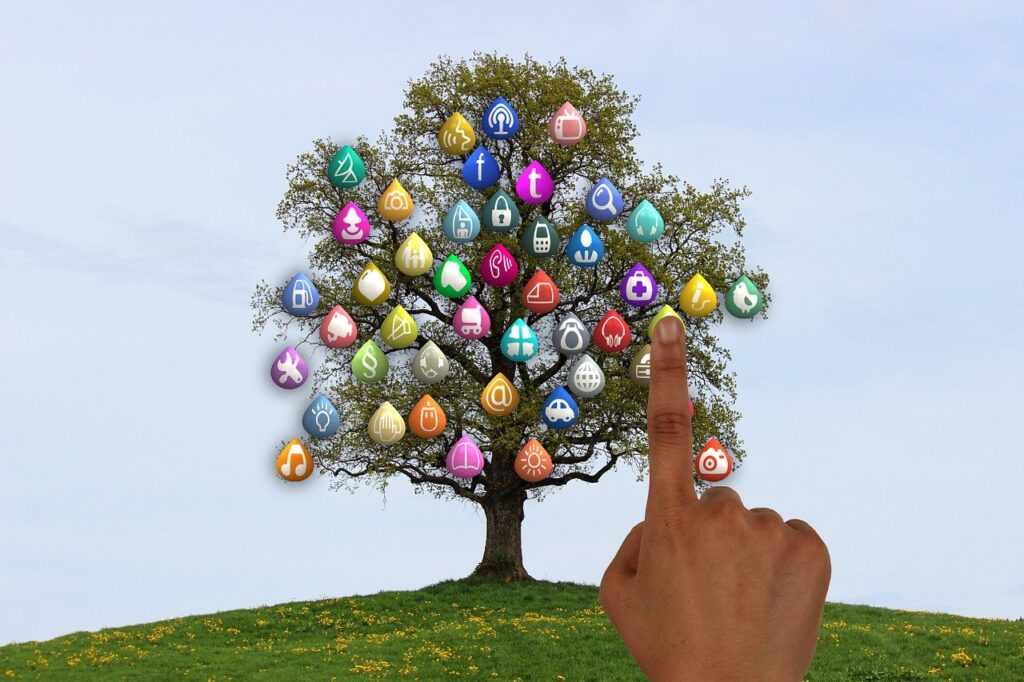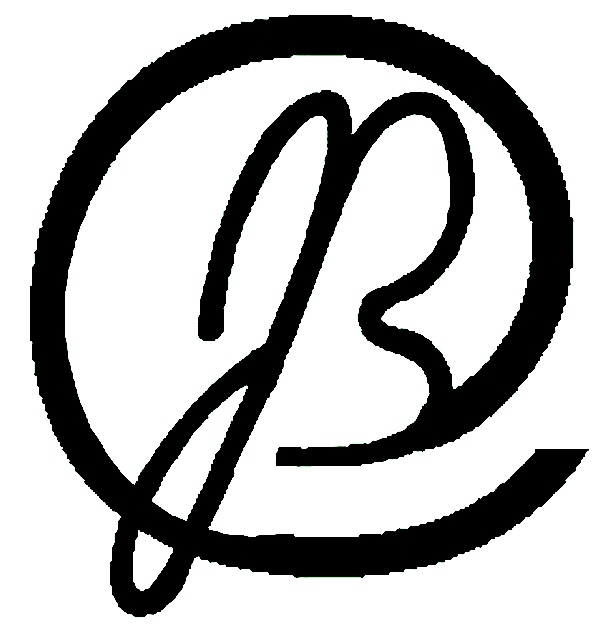To effectively position IoT solutions, it is essential to clearly define what IoT encompasses.
For over a decade, the potential of the Internet of Things (IoT) has been discussed and frequently hyped as the “next big thing.” Yet, a significant breakthrough has not yet been realized.
To effectively understand the Internet of Things (IoT), we must first define it. The term IoT has yet to reach a common understanding, making it seem cryptic. For simplicity, I have divided IoT into three parts:
- Sensors: Devices that collect data from the environment.
- Actors: Components that take action based on the data received.
- Controllers: Systems that manage and process data from sensors to instruct actors.
In today’s world, connecting to the internet seems straightforward. If not through a wired Ethernet connection, it can be done wirelessly. So what is the issue?
Most sensors and actuators transmit and receive only a few bits of data to perform their tasks. Sensors, in particular, often run on batteries, and minimizing their activity prolongs their lifespan. Therefore, the most efficient way for these devices to communicate with the internet must be lightweight.
Overcoming the challenge of diverse IoT connection protocols remains difficult. However, unifying them through a homogeneous IP structure will simplify life for everyone. From home users to the industry.

2. Understanding all available IoT protocols can take months, and you may still miss the most relevant one. There is ample knowledge and expertise available to support you in this process.
Early players in the IoT space recognized this challenge and began developing more efficient wireless protocols, resulting in a substantial list of options. Unfortunately, these protocols often do not interoperate, necessitating the use of multiple wireless gateways to integrate different types of communication..
1. Positioning IoT solutions correctly is crucial for sustainable growth. While, all the necessary elements are generally available, engaging an experienced consultant can provide a broader perspective beyond the internal view, aligning your strategy with market expectations.

